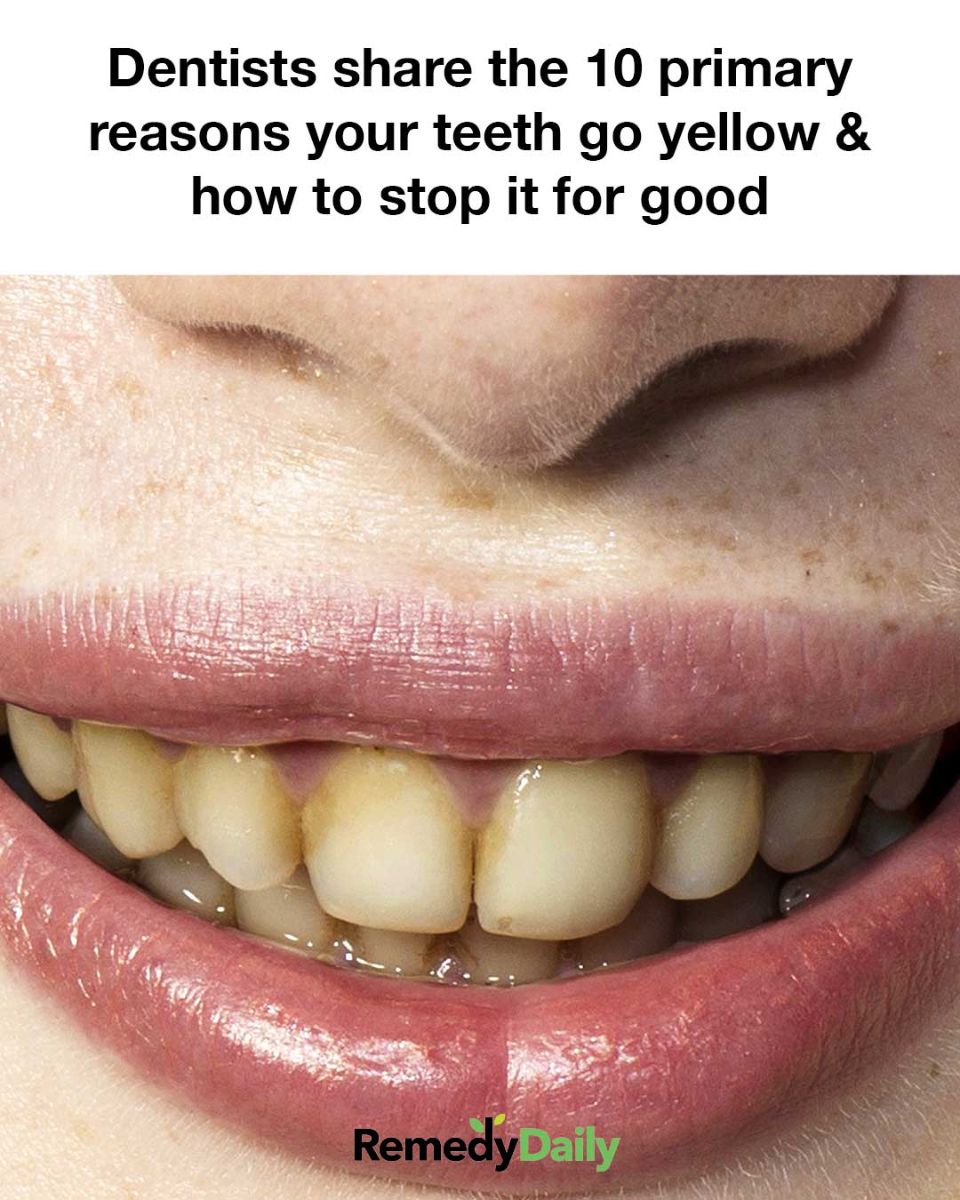I had zero awareness of this
Georgia Lynn
Contributing Writer
Tooth discoloration is a common concern that affects many individuals, impacting both their appearance and self-confidence. While the natural color of teeth can vary, many people strive for a bright, white smile. Understanding the factors that contribute to tooth discoloration is crucial for addressing and preventing it effectively. This article explores the primary reasons teeth become yellow and offers practical solutions to maintain a radiant smile.
Understanding the Causes of Yellow Teeth
Teeth can become yellow due to a variety of intrinsic and extrinsic factors. Intrinsic factors are those that affect the inner structure of the tooth, while extrinsic factors impact the outer enamel. By identifying these causes, individuals can take proactive steps to prevent discoloration and maintain oral health.
Reason 1: Poor Oral Hygiene Practices
Inadequate brushing and flossing can lead to plaque buildup, which can cause teeth to appear yellow. Plaque is a sticky film of bacteria that forms on the teeth and can harden into tartar if not removed regularly. Consistent oral hygiene practices, including brushing twice a day and flossing daily, are essential to prevent plaque accumulation and maintain a bright smile.
Reason 2: Consumption of Staining Foods and Beverages
Certain foods and drinks, such as coffee, tea, red wine, and berries, contain chromogens that can stain the enamel. These substances adhere to the tooth surface, leading to discoloration over time. Limiting the intake of these items and rinsing the mouth with water after consumption can help minimize staining.
Reason 3: Tobacco Use and Its Effects on Teeth
Tobacco products, including cigarettes and chewing tobacco, contain tar and nicotine, which can cause significant staining. These substances penetrate the enamel and lead to a yellow or brown discoloration. Quitting tobacco use not only improves overall health but also helps prevent further tooth discoloration.
Reason 4: Aging and Its Impact on Tooth Color
As people age, the enamel on their teeth naturally wears down, revealing the yellowish dentin beneath. This process is a normal part of aging, but it can be exacerbated by other factors such as poor oral hygiene and dietary choices. Maintaining good oral care and considering professional whitening treatments can help counteract age-related discoloration.
Reason 5: Genetic Factors Influencing Tooth Color
Genetics play a role in determining the natural color and thickness of enamel. Some individuals may have naturally thinner enamel, making the yellow dentin more visible. While genetic factors cannot be changed, individuals can focus on other aspects of oral care to enhance the appearance of their teeth.
Reason 6: Certain Medications and Their Side Effects
Some medications, such as tetracycline antibiotics, can cause intrinsic staining of the teeth, especially if taken during tooth development. Additionally, antihistamines and certain blood pressure medications can contribute to discoloration. Consulting with a healthcare provider about potential side effects and exploring alternative treatments can help manage this issue.
Reason 7: Excessive Fluoride Exposure
While fluoride is beneficial for strengthening teeth and preventing decay, excessive exposure during childhood can lead to dental fluorosis, which causes white spots or streaks on the teeth. Monitoring fluoride intake and using fluoride-free toothpaste for young children can help prevent this condition.
Reason 8: Dental Trauma and Its Consequences
Injury to a tooth can damage the pulp or cause internal bleeding, leading to discoloration. This type of intrinsic staining may require professional intervention, such as root canal treatment or cosmetic procedures, to restore the tooth’s appearance.
Reason 9: Health Conditions Affecting Tooth Color
Certain health conditions, such as celiac disease or liver disease, can affect tooth development and color. These conditions may lead to enamel defects or discoloration. Managing underlying health issues and maintaining regular dental check-ups are important for addressing these concerns.
